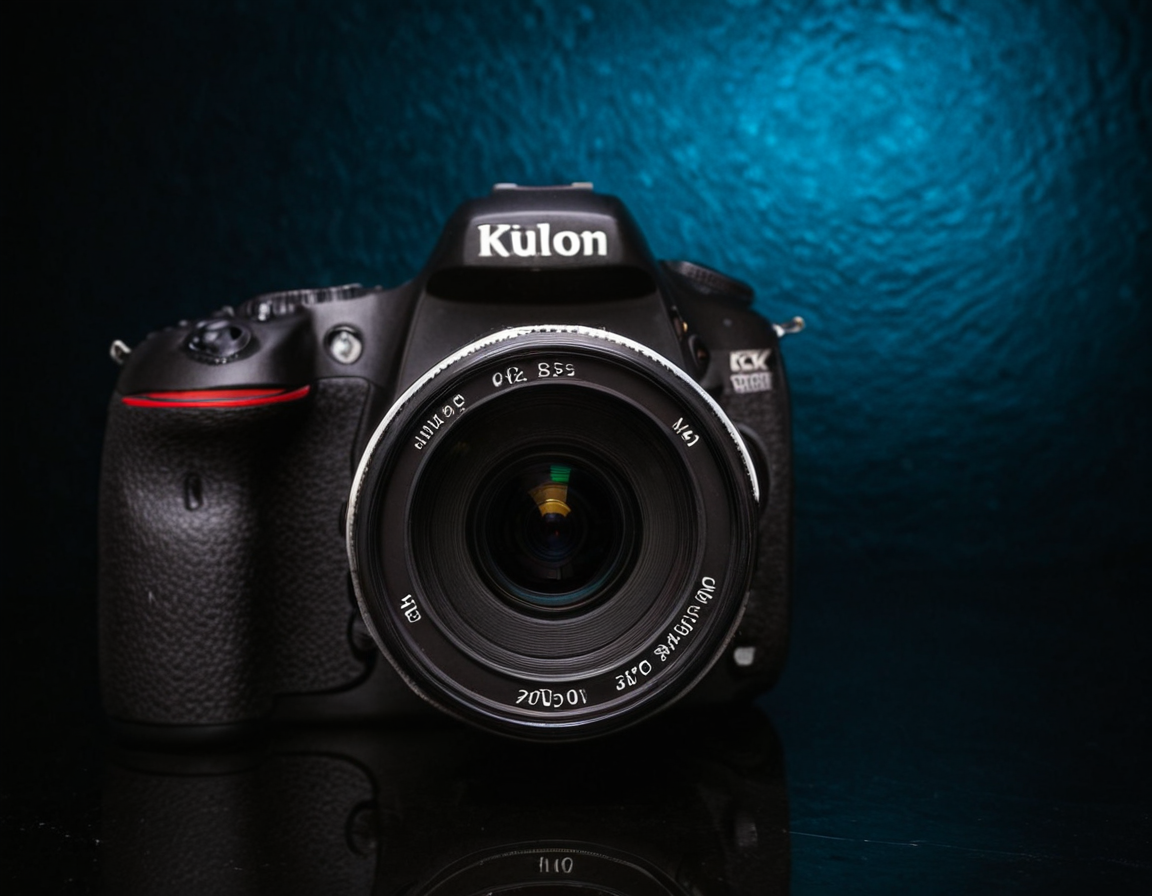Photography Basics | Shutter Speed Mastery

Understanding Shutter Speed: The Fundamentals of Basic Photography
Shutter speed is one of the most crucial elements in photography, and yet, it’s often misunderstood or overlooked by both beginners and professionals alike. In this article, we’ll delve into the world of shutter speed, exploring its effects on images, and providing practical tips for mastering this fundamental concept.
What is Shutter Speed?
Shutter speed refers to the length of time an image sensor is exposed to light. It’s measured in seconds or fractions of a second and can be adjusted to achieve specific creative effects. A fast shutter speed will freeze motion, while a slow shutter speed will create blur and motion effects.
The History of Shutter Speed
The concept of shutter speed dates back to the early days of photography, when camera shutters were mechanical devices that could be opened and closed to control exposure. As technology advanced, electronic shutters became more prevalent, allowing for faster and more accurate control over shutter speeds.
How Shutter Speed Affects Images
Shutter speed has a significant impact on the final image, affecting everything from motion blur to depth of field. Here are some key effects:
- Motion Blur: A slow shutter speed will create motion blur, making it difficult to capture sharp images of moving subjects.
- Depth of Field: A fast shutter speed will result in a shallow depth of field, blurring the background and emphasizing the subject.
- Lighting: Shutter speed can also affect the way light interacts with the scene, creating interesting effects such as star trails or ghosting.
Understanding Shutter Speed Units
It’s essential to understand the different units used to measure shutter speed. The most common units are:
- Seconds (s): Used for very slow shutter speeds.
- Fractions of a second (1/100, 1/200, etc.): Used for faster shutter speeds.
- Shutter Angle (°): Used in some cameras for very fast or slow shutter speeds.
Mastering Shutter Speed
Mastering shutter speed requires practice and experimentation. Here are some tips to get you started:
- Start with the basics: Understand how your camera’s shutter speed settings work.
- Practice, practice, practice: Experiment with different shutter speeds to achieve desired effects.
- Use a tripod: A stable camera is essential for achieving sharp images at slow shutter speeds.
Conclusion
Shutter speed is a fundamental concept in photography that can be used to create stunning and creative images. By understanding the basics of shutter speed, including its history, effects on images, and units used to measure it, you’ll be well on your way to mastering this crucial element of photography. So go ahead, experiment with different shutter speeds, and push the boundaries of what’s possible.
What’s next?
Now that we’ve covered the basics of shutter speed, it’s time to put your new skills into practice. What creative effects will you achieve using slow or fast shutter speeds? Share your thoughts in the comments section below!
About Sarah Davis
Photography enthusiast & expert Sarah Davis helps creative photographers refine their craft through inspiring tutorials, innovative tools, and actionable tips on lentecreativa.com.
